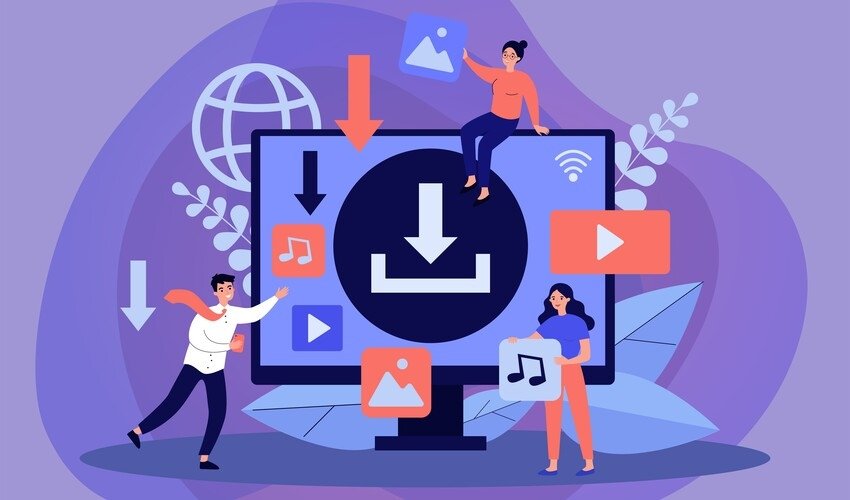Partners in a marriage, colleagues at work or a circle of school friends, whichever social group we consider, we are constantly assessing compatibility on a subconscious level, and on its basis, navigating the course of our social lives.
The compatibility of a mobile app is not much different. As users, we want to know the operating system, versions, networks and devices our app will be compatible with, that will forecast its market worth.
Platform compatibility testing services check how compatible software is on multiple platforms.
Here are some examples of mobile app defects platform compatibility testing services are likely to identify and fix:
The user interface is not as per screen size.
A flexible user interface adapts with different screen sizes. If a UI appears organized on
one device and haphazard on another, it will have a mix of positive and negative user feedback. When creating testbeds, a range of resolutions should be picked between the smallest (640 x 480) and the biggest (1680 x 1050). Screen sizes should be tested on both emulators and real devices.
Navigation is difficult
UI elements like headings, icons, keypad, images, and text fields are verified for their appearance and functioning, to ensure easy navigation. Similarly, the color scheme of the app should be consistent with different mobile devices.
The app does not pause on a call
The application should be tested if it pauses on an incoming call. The application should resume when the call is disconnected from the point where it was left. However, if the app has confidential information like banking apps, it should ask the user to log in again.
App stops with notifications
Mobile notifications like an alarm or an email message should work concurrently with the application. The application should be tested to run smoothly with these notifications.
App slows down with text messages
The application should be tested to function efficiently with sending and receiving of text
messages. Text notifications should pop up on screen while using the app.
App hangs with software installations
The app functioning should not be affected by the running of other apps. The app should be tested to run with common software like antivirus programs, media programs and social media apps like Avast Mobile Security, YouTube, WhatsApp, etc.
The app does not run on the device’s operating system
The app should be tested to run on commonly used operating systems like iOS, Android, Windows, Blackberry OS, and Symbian.
The app does not run on a wifi network
The application’s performance with 2g, 3g, and 4g technologies should be tested. Also, test your app with weak and disruptive wifi signals. You can test this in a real-world scenario like that on an underground train or a bus.
The new version of the application does not install
Application upgrades are occurring every now and then. Each version must be checked for compatibility. Version checks are of two types: backward and forward. Backward compatibility testing verifies the behavior of the developed software with older platforms. Forward compatibility testing verifies the behavior of the developed software with newer platforms.
Is your app tested for compatibility with the scenarios listed above?
Author Bio:
Ray Parker is a senior marketing consultant with a knack for writing about the latest news in tech, quality assurance, software development and travel. With a decade of experience working in the tech industry, Ray now dabbles out of his New York office.





